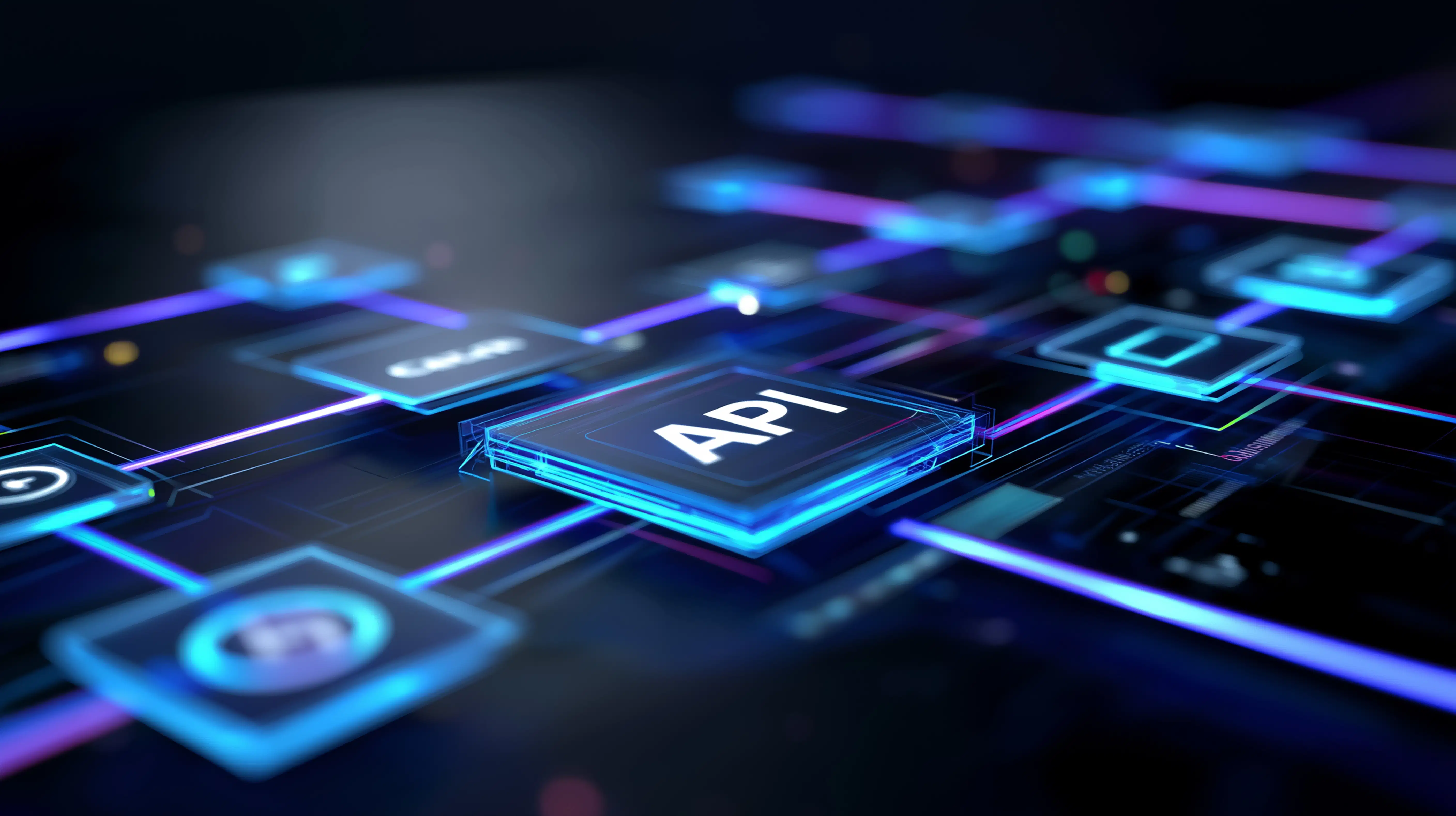
The Tools That Power Modern Event Production: My Essential Stack
Overview
Event production today is an ecosystem made up of capture tools, mixing and switching systems, distribution platforms, engagement layers, and the orchestration that ties it all together. The right combination of software and hardware lets teams scale shows, reduce risk, and deliver consistent experiences across in-person, virtual, and hybrid formats.
In my work I lean on a mix of proven broadcast tools and modern web services. That mix includes switchers like OBS Studio and Blackmagic Design, remote guest and recording platforms like Riverside.fm, streaming and CDN services like Vimeo Live and Cloudflare Stream, and production staples such as QLab for cues and Dante for audio networking.
Beyond the tech, production processes and people workflows are what make tools sing. Project management and run of show documents help teams turn capabilities into repeatable results.
Why It Matters
Reliability and attendee experience drive ROI. When streaming quality is consistent and interactions feel native, brands see higher engagement and more value from their events. That matters for marketing, internal communications, and revenue-generating programs.
Tools also lower the barrier to entry. Cloud encoding, integrated registration, and remote recording services let smaller teams produce professional shows without a truck full of gear. At the same time, professional audio and routing systems give enterprise events the polish and redundancy audiences expect.
Finally, data and automation change decision making. Integrations with analytics, CRM, and marketing automation turn attendee behavior into measurable outcomes. That is how events stop being one-offs and become ongoing channels that feed business goals.
Application in Corporate AV
In corporate AV environments the emphasis is on reliability, security, and repeatability. For town halls, product launches, and executive communications I combine simplicity with broadcast best practices.
My typical stack looks like this. For capture I use professional cameras and audio from manufacturers such as Shure and Sennheiser. Audio routing via Dante reduces cable complexity and enables flexible layouts. For switching I choose between OBS Studio for a lightweight approach or Blackmagic ATEM for hardware switching when I need dedicated reliability.
Encoding and distribution often use redundant paths. I run a primary stream to Vimeo Live or YouTube and a backup to enterprise services like Cloudflare Stream or corporate CDNs. For interactive sessions I integrate tools like Slido for live Q&A and polls, and for internal meetings I use Zoom or Microsoft Teams when security and SSO matter.
Production workflows are documented in collaborative tools such as Miro and Asana. Run of show files and cue stacks are managed with QLab for precision. For remote guest recording I use Zoom.com to capture separate high-quality tracks, which simplifies post event deliverables.
Finally, rehearsal and redundancy are non negotiable. I always test internet failover, encoder settings, and backup recordings. With those checks in place the technology becomes an enabler, not a liability, and the event delivers memorable outcomes for the business.
Listen to Blog

Categories
Continue the conversation here
The Console - Blog
This is my personal console — a space where I log thoughts, experiments, and lessons from both life and technology. Here, I share what I’m building, learning, and exploring, from coding challenges to creative ideas that shape my journey as a developer. Just like a real console, it’s raw, honest, and ever-evolving — a reflection of the process behind the progress.




